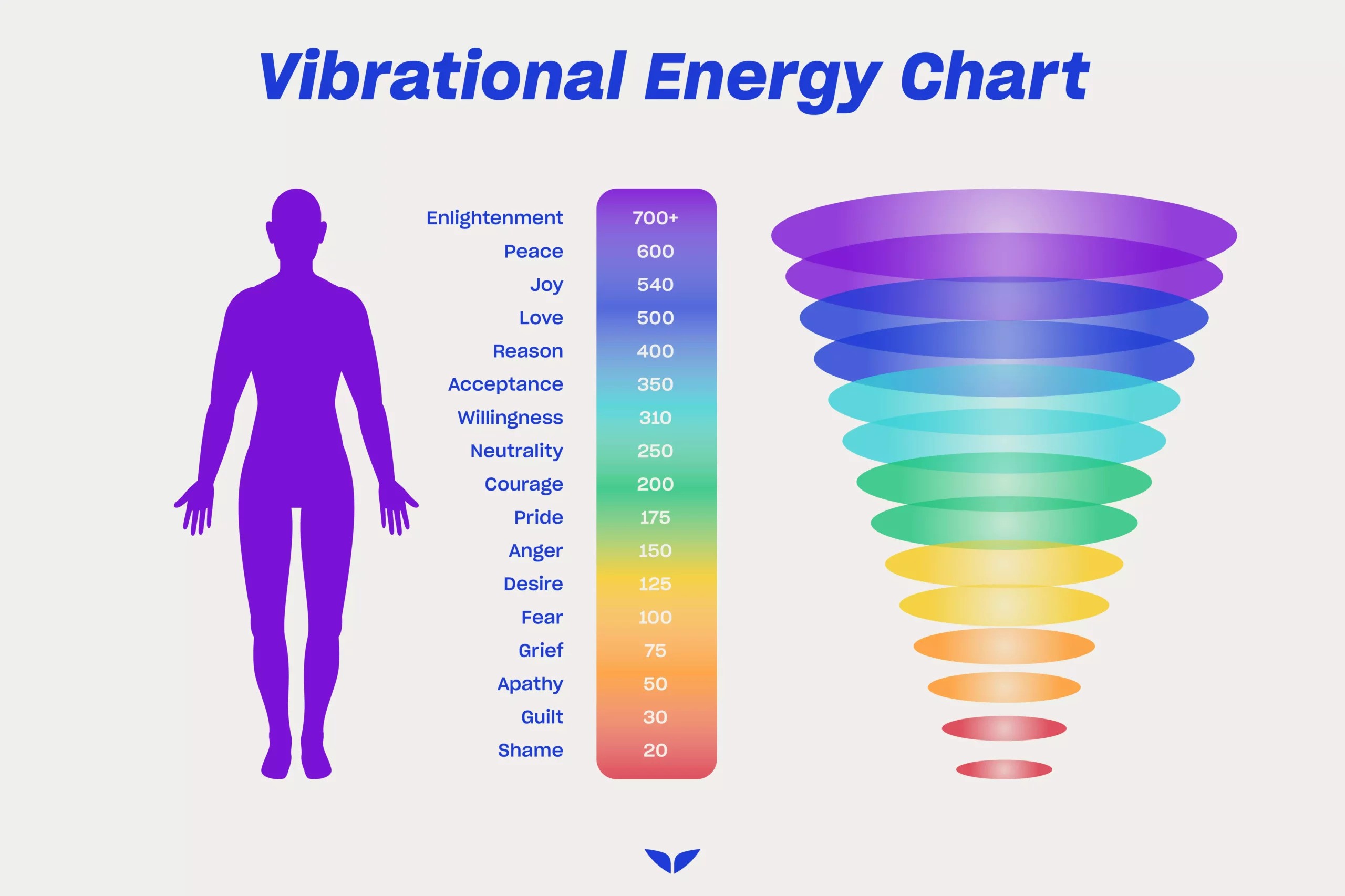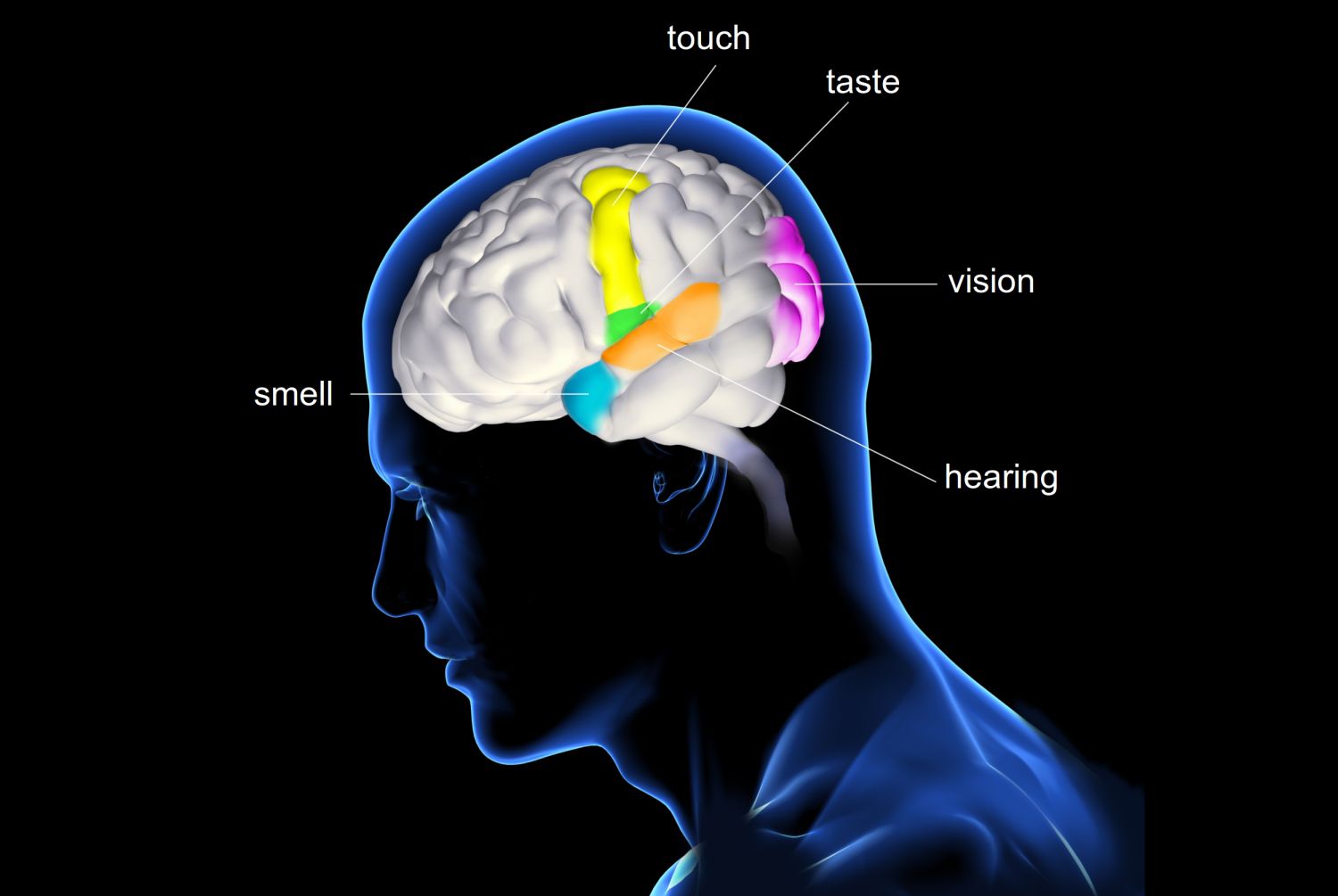Unveiling the Mystery: What Exactly Do You Do When Meditating?
In our fast-paced world, meditation has emerged as a sanctuary for those seeking inner peace and mindfulness. But for many, the practice remains shrouded in mystery, prompting the question: What exactly do you do when meditating? It's a simple query that opens the door to a profound journey of self-discovery and tranquility.
Meditation isn't just about sitting silently; it's an active process of tuning into your mind and body. Whether you're a seasoned practitioner or a curious newbie, understanding the essence of meditation can transform your experience. It's about finding the stillness within the chaos, learning to observe without judgment, and fostering a connection with the present moment.
As we delve into the intricacies of meditation, you'll discover that it's not a one-size-fits-all practice. It's a personal voyage that can lead to increased self-awareness, emotional balance, and a sense of overall well-being. So, if you're ready to unravel the enigma and learn what exactly you do when meditating, let's embark on this enlightening path together.
Introduction
The Journey Into Meditation: More Than Just Sitting Still
Meditation often conjures images of serene figures in lotus positions, immersed in silence. But there's more to it than meets the eye. What exactly do you do when meditating? It's not just about physical stillness; it's an engaging practice that involves several steps and techniques.
Firstly, meditation is about setting intentions. It's a time to reflect on what you hope to achieve, be it peace, clarity, or mindfulness. You also learn to focus on your breath, a cornerstone of many meditative practices. This simple act of breathing becomes a powerful tool to anchor your attention and calm the mind.
Moreover, meditation involves observing your thoughts without getting entangled in them. It's like watching clouds pass by in the sky—acknowledging their presence but letting them drift away. This process cultivates a sense of detachment and helps you gain perspective on your mental patterns.
Whether you're engaging in guided visualization, mantra repetition, or mindfulness meditation, each practice offers a unique pathway to inner stillness. So, let's explore the depths of meditation and discover how these diverse techniques can lead to a harmonious state of being.
The Basics of Meditation
Laying the Foundation: What Exactly Do You Do When Meditating?
Embarking on the meditative journey begins with understanding the core elements. What exactly do you do when meditating? You start by finding a quiet space where interruptions are less likely. This could be a dedicated room, a cozy corner, or even a spot in nature.
Once you've settled in, you'll want to choose a comfortable posture. This doesn't have to be the classic lotus position; any seated or lying down posture that keeps your spine straight and supports relaxation will do. The key is to maintain a balance between comfort and alertness.
Next, you set your intention. What are you looking to gain from this session? Clarity, relaxation, or perhaps insight into a particular issue? Setting an intention acts as a compass for your practice.
Now, you turn your attention to your breath. Inhale deeply, feel your chest rise, and as you exhale, notice the sensations of release. Your breath is a powerful tool to anchor your mind and bring you back when it wanders.
As thoughts arise, and they will, observe them without judgment. Instead of engaging, gently guide your focus back to your breath. This is the practice of mindfulness—being fully present in the moment.
Incorporating mantras or affirmations can also be part of the basics. Repeating a phrase or sound can help maintain focus and infuse your practice with positive energy.
Lastly, close your session with gratitude. Acknowledge the time you've dedicated to your well-being and the insights you've gained. This concludes the foundational steps of what you do when meditating, setting the stage for a deeper exploration of various techniques.
Preparing Your Mind and Environment
Creating the Ideal Meditation Space: What Exactly Do You Do When Meditating?
Before you dive into the heart of meditation, it's crucial to prepare both your mind and your environment. What exactly do you do when meditating to ensure the best possible experience?
Environment Matters
Your surroundings can significantly impact your ability to focus and relax. Here's how to create a conducive meditation space:
- Choose a Quiet Spot: Find a place away from noise and distractions. It could be indoors or in nature, as long as it's peaceful.
- Comfort is Key: Arrange cushions, chairs, or mats to support your chosen posture.
- Soothing Elements: Consider adding elements that relax the senses, like soft lighting, candles, or incense.
- Personal Touch: Infuse your space with personal significance—photos, symbols, or anything that fosters a sense of serenity.
Preparing Your Mind
A calm mind is the foundation of effective meditation. Here are some steps to get you there:
1. Set Aside Time: Dedicate a specific time for meditation when you're least likely to be disturbed.
2. Release Expectations: Approach each session with an open mind, free from the pressure of achieving a certain state.
3. Warm-Up: Engage in some light stretching or yoga to release tension and enhance focus.
4. Breathing Exercises: Practice some deep breaths to settle your mind before you begin.
By preparing both your space and your mind, you're paving the way for a more immersive and rewarding meditation experience. Now, you're ready to explore the vast landscape of meditation techniques and find the ones that resonate with you.
Meditation Techniques and Practices
Exploring the Depths: What Exactly Do You Do When Meditating?
When it comes to meditation, there's a rich tapestry of techniques to explore. What exactly do you do when meditating to delve deeper into your practice? Let's look at some common methods and how they can enhance your meditative journey.
Mindfulness Meditation
Mindfulness is about being present in the moment, observing your thoughts, feelings, and sensations without judgment. Here's how to practice:
1. Find Your Focus: Start with your breath, a sound, or a physical sensation to anchor your attention.
2. Observe: Notice when your mind wanders and gently bring it back to your focus point.
Guided Meditation
Guided meditation is led by a teacher or a recording, directing you through a series of visualizations or affirmations. The steps are simple:
1. Listen and Visualize: Follow the instructions, picturing the scenarios or repeating the affirmations in your mind.
2. Engage Your Senses: Try to involve all your senses to make the experience more vivid and immersive.
Mantra Meditation
Repeating a mantra or a meaningful phrase can help focus the mind and promote a sense of peace. Here's what you do:
1. Choose a Mantra: Select a word, sound, or phrase that's significant to you.
2. Repeat with Rhythm: Silently or aloud, repeat your mantra in a rhythmic pattern, syncing it with your breath if possible.
Movement Meditation
Meditation doesn't always mean sitting still. Movement meditations like walking or yoga can be equally meditative. The key steps involve:
1. Move Mindfully: Focus on the sensations of movement, the rhythm of your steps, or the flow of your body.
2. Stay Present: Keep your attention on the here and now, observing the environment or the movement itself.
Each of these techniques offers a different path to the same destination: a state of inner calm and heightened awareness. By experimenting with various practices, you can discover what resonates with you and what exactly you do when meditating to reach your desired state of mind.
Common Challenges and How to Overcome Them
Navigating the Hurdles: What Exactly Do You Do When Meditating?
Even seasoned meditators face challenges. What exactly do you do when meditating if distractions, restlessness, or self-doubt creep in? Let's address these common hurdles and how to gracefully overcome them.
Distractions
Whether it's external noise or internal chatter, distractions are inevitable. Here's how to handle them:
- Acknowledge and Redirect: Recognize the distraction without frustration and gently return to your focus.
- Use Earplugs or White Noise: If external sounds are the issue, these tools can help minimize the intrusion.
Restlessness
Feeling antsy or uncomfortable can disrupt your practice. Try these tips:
- Adjust Your Posture: Make sure you're comfortable but alert, and don't be afraid to move if needed.
- Shorten Your Sessions: Start with shorter periods and gradually increase as you build patience and focus.
Self-Doubt
Doubting your ability to meditate effectively can be a significant barrier. Overcome it by:
- Embracing Imperfection: Understand that meditation is a practice, not a performance. Each session is a step forward.
- Celebrating Small Wins: Acknowledge the moments you successfully refocus or feel a sense of calm.
By being prepared to face these challenges, you'll be better equipped to maintain your practice and enjoy the benefits of meditation. Remember, it's not about perfection; it's about progress.
The Benefits of Regular Meditation
Transformative Effects: What Exactly Do You Do When Meditating?
Regular meditation can have a transformative impact on your life. But what exactly do you do when meditating to unlock these benefits? Consistency and intention are key. Here are some of the changes you might experience:
Enhanced Well-being
Meditation can lead to:
- Reduced Stress: Lowering cortisol levels and promoting relaxation.
- Improved Sleep: Encouraging deeper, more restful sleep patterns.
- Boosted Immune System: Enhancing your body's natural defenses.
Mental Clarity
By meditating regularly, you can:
- Increase Focus: Sharpening concentration and attention to detail.
- Cultivate Mindfulness: Fostering a greater awareness of the present moment.
- Enhance Creativity: Unlocking new perspectives and ideas.
Emotional Balance
Meditation helps to:
- Regulate Emotions: Building resilience against negative emotions.
- Deepen Self-Understanding: Gaining insight into your thoughts and behaviors.
- Foster Compassion: Enhancing empathy towards yourself and others.
By incorporating meditation into your daily routine, you're not just sitting in silence; you're actively nurturing your mind, body, and spirit.
Conclusion
Embracing the Meditative Path: What Exactly Do You Do When Meditating?
To wrap up our exploration, it's clear that meditation is a multifaceted practice with profound benefits. What exactly do you do when meditating? You engage in a personal journey that can lead to a more balanced, mindful, and peaceful life.
Remember, meditation is not about achieving a state of perfect calm but about embracing the process of getting there. It's about the small, consistent efforts that gradually build a foundation of inner strength and serenity.
So, whether you're just starting out or looking to deepen your practice, keep asking yourself, "What exactly do you do when meditating?" Explore new techniques, face challenges with grace, and celebrate the growth that comes with each session.
Meditation is an invitation to discover the depths of your being and the peace that lies within. Accept the invitation, and let the journey transform you.



